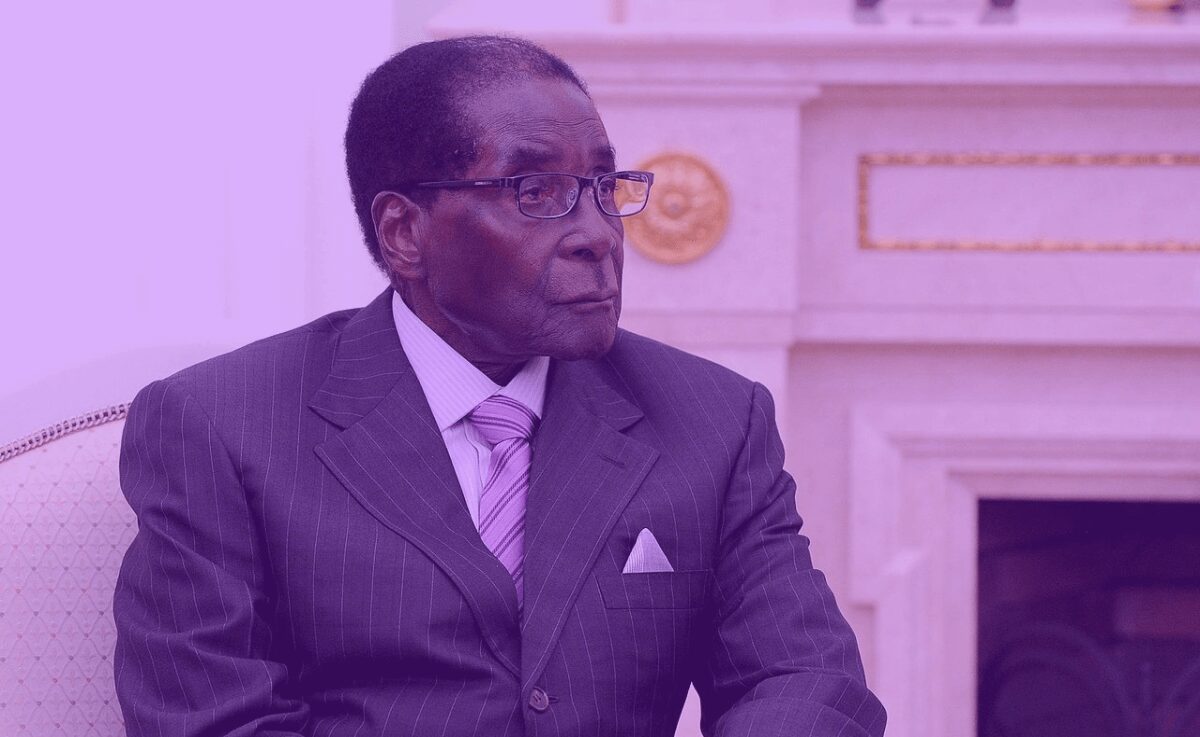Photo: “Robert Mugabe May 2015,” by Press Service of the President of Russia licensed under CC Attribution 4.0 International. Hue modified from the original.
Makone, Itai, and Derica Lambrechts. “How Durable are Hybrid Regimes? The Case of Zimbabwe as a Hybrid Regime.” Politeia (02568845) 40, no. 1 (2021).
Abstract
In general, the durability of the hybrid regime is debated due to the coexistence of democratic and authoritarian regime institutions in the system, functioning in disconnect with each other. There is also the inevitable expectation of a hybrid regime to change. This study argues that a hybrid regime can have lasting durability, using the case of Zimbabwe between 1990 and 2018. A hybrid regime conceptual framework is developed by identifying four indicators of hybridity: elections, civil liberties, tutelary interference, and political elite cohesion. The framework is then applied to Zimbabwe. The country shows five diverse variations of hybridity, which are: liberal; competitive illiberal; competitive; illiberal; and military regimes, grouped by the most observable indicators identified in the hybrid regime framework. Thus, hybridity is found to be fluid and varies within the state over a period of 28 years. As is indicated, different timeframes identified in Zimbabwe experienced more, or less, characteristics of democratic rule or authoritarianism, but never a spill-over to new regime representation. Consequently, due to the adjustable and changeable nature of the hybrid regime, transformation into a different system becomes less predictable. The study further identifies five factors that enable the durability of the hybrid regime: lengthy incumbent government; high political elite cohesion; low leadership turnover; a strong statesman; and competitive opposition.







